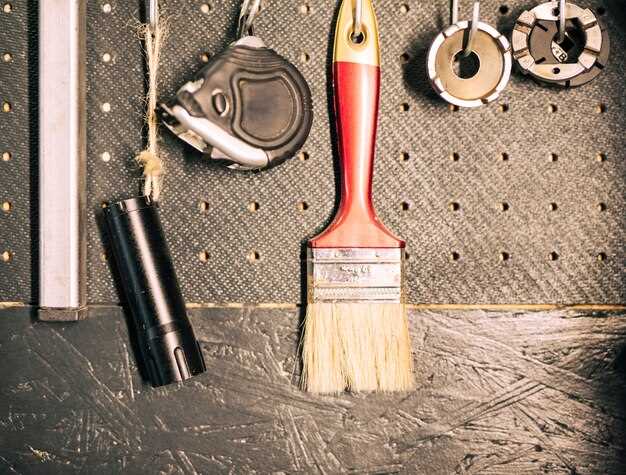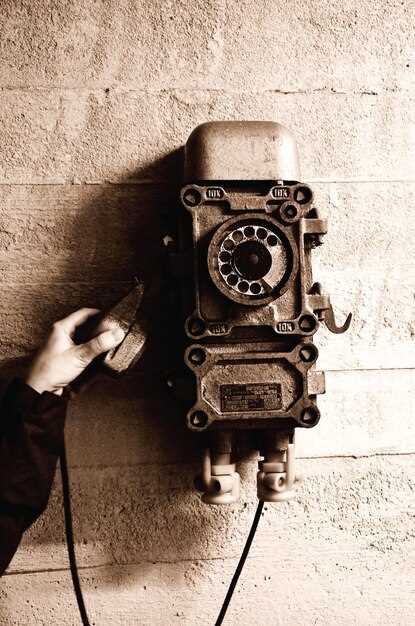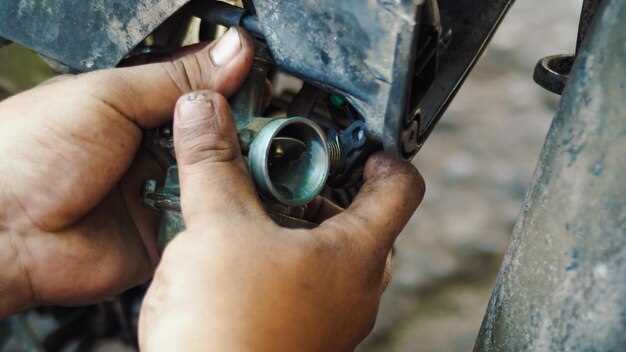

Sourcing rare restoration parts is a critical aspect for enthusiasts and professionals engaged in restoring vintage vehicles, furniture, or any cherished collectibles. The challenge often lies in tracking down these unique pieces that can dramatically affect the quality and authenticity of a restoration project. Whether you’re looking to revive a classic car or refurbish a historical piece of furniture, understanding where to find these elusive parts can save you both time and resources.
The process of sourcing rare items necessitates a methodical approach. It’s essential to become familiar with various platforms and resources available for finding these components. From online marketplaces to specialized forums and antique shops, each avenue presents its own set of opportunities and challenges. Additionally, networking within dedicated restoration communities can lead to valuable contacts who may have the parts you need–or can assist in your search.
Moreover, having a clear understanding of the specific rare parts you seek is crucial. Knowing the exact specifications and origins of the item can empower you in negotiations and help you discern authenticity from replicas. Emphasizing this knowledge not only aids in sourcing but also ensures that your projects remain true to their original craftsmanship, ultimately leading to a more successful restoration outcome.
Utilizing Online Marketplaces for Hard-to-Find Components

In the pursuit of rare restoration parts, online marketplaces have emerged as invaluable resources for sourcing components that might otherwise be challenging to locate. These platforms connect buyers with sellers across the globe, offering a diverse range of parts that cater to various restoration projects.
Identifying Reliable Sources
When utilizing online marketplaces, it is crucial to identify reliable sellers. Look for sellers with high ratings, positive reviews, and a solid track record in providing quality parts. Engaging with the community through feedback and communication can also lead you to trustworthy sources.
Navigating Marketplace Features
Many online marketplaces offer advanced search features that allow you to filter results based on specific criteria, such as part condition, price, and seller location. Utilize these filters to streamline your sourcing efforts and quickly find the components that meet your project’s requirements.
Networking with Other Enthusiasts
Participating in forums and groups associated with these marketplaces can enhance your experience. Other restoration enthusiasts often share their insights and may direct you to hard-to-find parts. Networking can not only expand your options but also provide tips on sourcing and negotiating prices.
Utilizing Alerts and Notifications
Many online platforms allow users to set alerts for specific parts. By taking advantage of these notifications, you can stay informed about new listings that match your search criteria, increasing your chances of acquiring elusive components before they are gone.
In summary, harnessing the power of online marketplaces is essential for sourcing hard-to-find restoration parts. By identifying reliable sellers, navigating features effectively, networking with peers, and utilizing alerts, you position yourself at the forefront of the hunt for rare components, ultimately enhancing the success of your restoration projects.
Networking with Restoration Communities for Sourcing Guidance
When embarking on restoration projects, one of the most significant challenges is sourcing rare parts. Engaging with restoration communities can provide invaluable guidance in this search. These communities, often found in various online forums, social media groups, and local clubs, consist of passionate individuals who share expertise and resources.
Joining online forums is an effective way to connect with like-minded enthusiasts. Websites dedicated to specific restoration topics allow members to post inquiries about rare parts. Users often share their own experiences and may direct you to suppliers or other collectors willing to sell or trade. Make sure to participate actively; the more you engage, the more likely you are to receive valuable insights.
Social media platforms also serve as a conduit for networking. Groups on Facebook or subreddits on Reddit dedicated to restoration topics enable quick communication and the sharing of resources. Posting your specific needs and asking for recommendations can yield surprising results, as many members have encountered similar challenges and can provide leads for sourcing rare items.
Local restoration clubs provide another networking opportunity. These organizations often hold meetings, swap meets, or shows that bring together restoration enthusiasts. Attending these events can help you build personal connections, leading to fruitful partnerships and insider knowledge about sourcing hard-to-find parts.
By actively participating in restoration communities, not only can you find the rare parts you need, but you can also gain support and motivation from fellow enthusiasts. Sharing your journey and collaborating on sourcing strategies can lead to successful restorations and a stronger network of knowledgeable contacts.
Tips for Identifying and Requesting Specialty Parts from Manufacturers

Sourcing specialty parts can be a unique challenge, especially when dealing with rare restoration projects. Here are some effective strategies to help you identify and request the parts you need from manufacturers.
-
Research Thoroughly:
Before reaching out to manufacturers, gather as much information as possible about the parts you need. Use resources such as online forums, technical manuals, and restoration guides to understand the specifications and characteristics of the parts.
-
Know Your Parts:
Familiarize yourself with the exact part numbers, dimensions, and materials used in the components you’re sourcing. Accurate descriptions are crucial when communicating with manufacturers.
-
Leverage Manufacturer Catalogs:
Check the catalogs of manufacturers that specialize in producing specialty parts. Often, these catalogs can provide detailed information on availability and compatibility.
-
Network with Other Restorers:
Join online communities, clubs, or social media groups focused on restoration. Members often share tips about sourcing parts and can recommend manufacturers or suppliers.
-
Direct Communication:
When reaching out to manufacturers, be concise and clear in your request. Include key information such as part numbers, measurements, and your particular needs.
-
Provide Context:
Explain the purpose of the part in your project. This helps manufacturers to provide tailored advice or suggest alternatives if the specific part is unavailable.
-
Ask About Minimum Order Quantities:
Inquire if there are minimum order requirements for specialty parts. Understanding these details upfront can save time and resources in your project.
-
Establish Follow-up Procedures:
Be proactive in following up with manufacturers if you do not receive a timely response. This demonstrates your serious intent and can expedite the sourcing process.
By utilizing these strategies, you can enhance your ability to find and request the specialty parts necessary for your restoration projects, ensuring you achieve the desired outcome efficiently.






